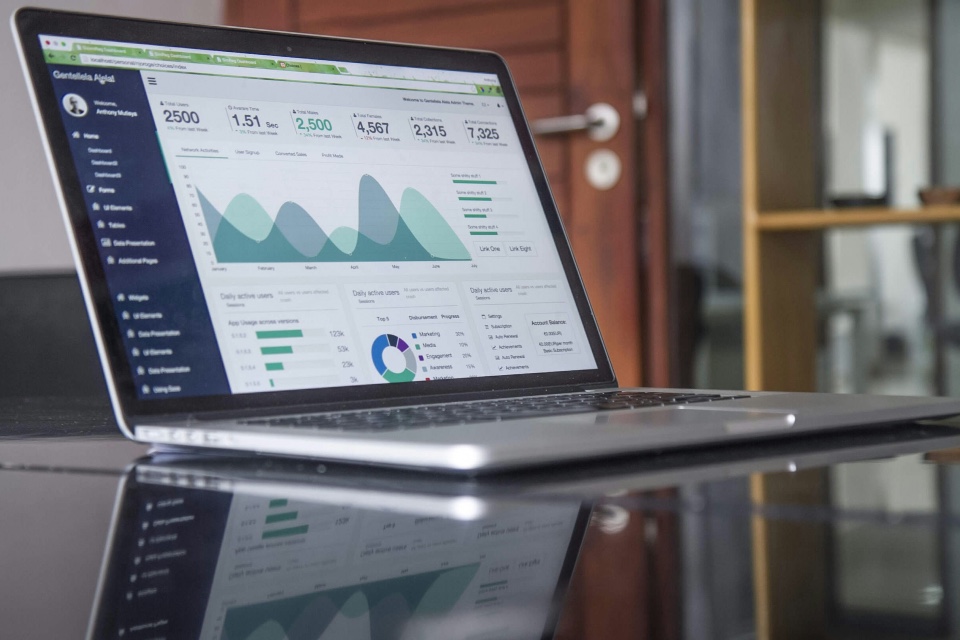Earlier this year, Trimble completed its acquisition of Transporeon, combining the two companies’ North American and European expertise, and enabling the creation of a unified, global transportation management platform that transforms the way the world works. Christopher Keating, Senior Vice President of Trimble Transportation Europe explores this connection in the following byline, as he looks at how the industry can become a digital leader…
Transporting goods from A to B requires close collaboration between shippers, carriers, logistics service providers and recipients. In many ways, how these stakeholders interact with each other and conduct day-to-day operations has remained largely unchanged for the past decade (or more). After all, the industry often still relies on phone conversations, lengthy email chains, paper documentation and manual reporting to coordinate the smooth movement of freight.
But with a raft of digital technologies now available, this is no longer the best approach. Companies could be much more efficient if they embraced ‘phygital’ – the seamless integration of physical and digital systems to enhance their operations. So, what’s holding the industry back from integrating the physical and digital worlds? And where could companies see meaningful gains from adopting a phygital approach?
Old habits die hard
Technologically speaking, much of the logistics transportation industry is stuck in the past, operating a patchwork of disparate tech solutions combined with legacy paper-based processes.
Why? Well, put simply, old habits die hard. Archaic import and export rules (e.g. countries stipulating the use of physical stamps to authenticate and authorise documents) have, until recently, forced companies to continue using paper. Meanwhile, a lack of ‘universal standards’ for digital solutions means that companies have taken vastly different digitalisation trajectories over the past decade. This results in siloed tech stacks that can’t ‘communicate’ with each other, making it hard for companies to accurately understand their order and capacity situation and see whether processes are flowing seamlessly – among other challenges.
The solution? A standardised approach to digitalisation based on a collaborative network, rather than companies working in isolation. Also known as a ‘platform approach’, standardisation provides the foundation for a phygital future, enabling the creation of a transportation network spanning the entire industry. By connecting shippers, carriers, logistics service providers and other stakeholders, companies can simplify communication and slash manual administrative work.
A collaborative approach also enables data-driven decision-making, with companies benefiting from a vast pool of insights that helps all parties get ahead. In the short term, companies can use this data (combined with a high level of automation) to minimise dwell times, optimise yard operations and more. On a long-term basis, it can be used to train AI models to create tools for autonomous procurement or quotation, real-time ETA and everything in between.
New challenges require novel solutions
Embracing a phygital approach won’t just help shippers and carriers enhance overall efficiency, it’s also crucial to helping the industry tackle emerging challenges.
Decarbonisation is arguably the greatest of these, as companies face pressure from governments, end users and fellow industry participants to slash carbon emissions. Sustainability is now impacting the bottom line, with shippers increasingly contracting carriers based on their sustainability credentials, offering extended freight contracts to environmentally responsible companies, and even paying a premium for lower carbon transport.
Decarbonisation isn’t just about investing in expensive, cutting-edge technologies. Companies can make significant progress by implementing digital tools that enhance visibility into existing inefficiencies. With real-time data, they can reduce empty mileage, tackle lengthy dwell times, train employees on sustainable driving practices and combine transport modes to minimise emissions. Again, this is more effective when done collaboratively. For instance, it’s much simpler for carriers to reduce empty mileage by finding a return load if they’re operating as part of a wider network (rather than in a silo). All they have to do is inform the network when they’ve delivered their shipment, and wait for a match from a shipper looking for available capacity.
Another challenge currently facing the industry is the ongoing driver shortage, caused by an ageing workforce and increased demand for logistics services. With driver recruitment set to remain a persistent challenge, shippers and carriers must put their people first. This means taking tangible steps to lessen the administrative burden on drivers and minimise time spent waiting in yards, at ports and in traffic, as well as using tools and technologies to alleviate process-related stress .
To do so, shippers and carriers must first understand where there’s room for improvement. Digital tools can play a crucial role, with companies increasingly turning to real-time insights to uncover hidden inefficiencies and improve visibility by tracing deliveries. In particular, shippers and carriers can make significant efficiencies within the warehouse loading and unloading process, and by automating time slot and yard management processes. This can reduce waiting times from hours to minutes, freeing drivers to spend more time on the road.
The way forward
So, should the logistics transportation industry prepare for a phygital future? In short, yes. Companies already have all the necessary digital tools at their disposal, but success hinges on selecting and implementing them intelligently.
When companies embrace a true phygital approach, they can forget about optimising individual processes, and look holistically at improving their entire system. By embracing platform-based technologies to enhance their physical operations, they can be more efficient, improve visibility and make better decisions. This will help to reduce costs, improve efficiency, and meet customer demands, especially when tackling rapidly evolving challenges like decarbonisation and personnel issues.






